Home>Furniture>Outdoor Furniture>How To Restrap Patio Chairs
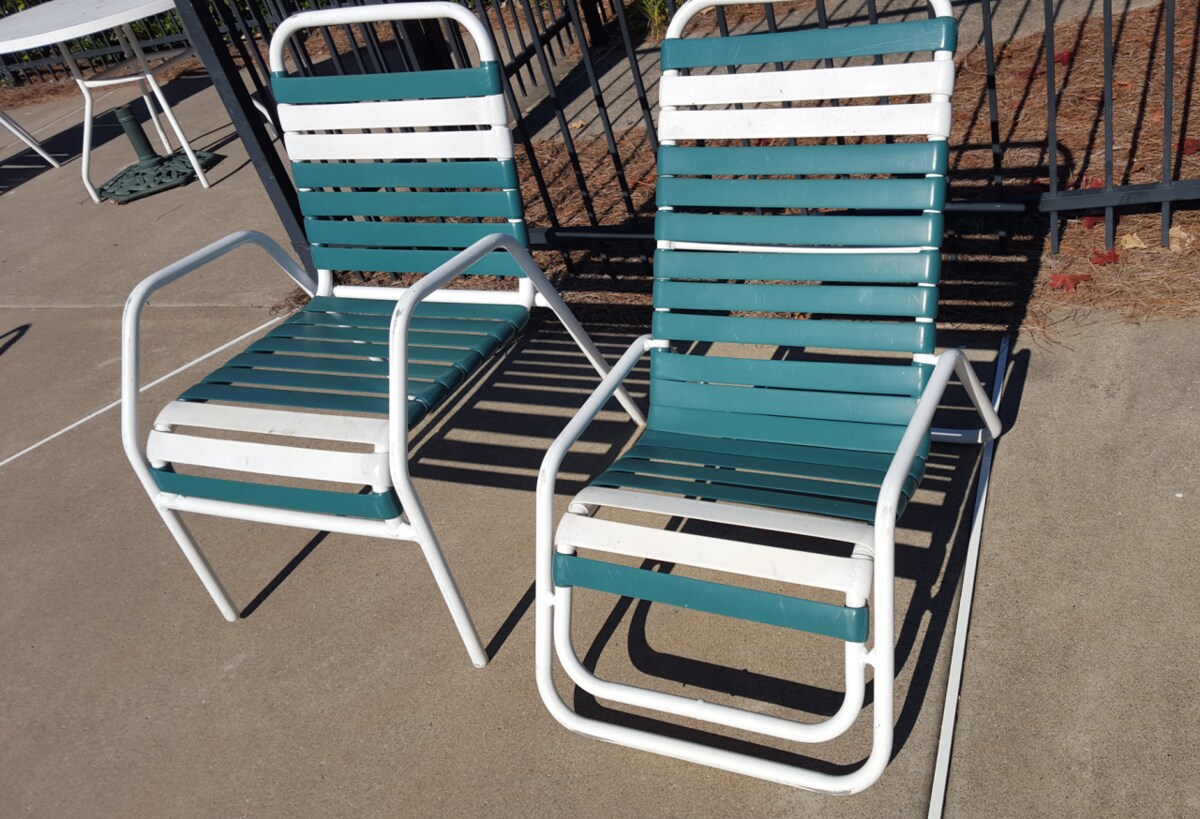

Outdoor Furniture
How To Restrap Patio Chairs
Modified: March 7, 2024
Learn how to easily restrap your patio chairs and give your outdoor furniture a fresh new look. Follow our step-by-step guide and transform your outdoor space today.
(Many of the links in this article redirect to a specific reviewed product. Your purchase of these products through affiliate links helps to generate commission for Storables.com, at no extra cost. Learn more)
Introduction
Welcome to the world of outdoor furniture! There’s nothing quite like relaxing on your patio, sipping a refreshing drink and taking in the beauty of your surroundings. However, over time, the straps on your patio chairs may start to wear out or become damaged. When this happens, it’s important to know how to restrap your patio chairs to keep them looking and feeling as good as new.
Restraping your patio chairs not only extends their lifespan, but it also allows you to customize the look and feel of your outdoor space. Whether you prefer bright and vibrant straps or a more subdued and elegant design, you can easily achieve the desired aesthetic through the restraping process.
In this article, we’ll walk you through the steps to restrap your patio chairs, from choosing the right straps to completing the installation. So, grab your tools and let’s get started!
Key Takeaways:
- Restraping patio chairs is a fun and rewarding project that allows you to customize the look and feel of your outdoor space while extending the lifespan of your furniture. It’s like giving your chairs a stylish makeover for maximum comfort and enjoyment!
- By choosing the right straps and following the step-by-step process, you can easily transform worn-out patio chairs into stylish and comfortable seating options. With proper care, your restraped chairs will continue to enhance your outdoor living space for years to come.
Read more: How To Reupholster Patio Chairs
Choosing the Right Straps
When it comes to restraping your patio chairs, selecting the right straps is crucial. The straps not only provide the support and structure to the chairs but also contribute to the overall style and comfort. Here are a few factors to consider when choosing the right straps for your patio chairs:
- Material: The material you choose for your straps will play a significant role in durability and aesthetics. Common options include vinyl, nylon, and polyester. Vinyl straps are known for their weather resistance and easy maintenance, while nylon and polyester offer more flexibility and comfort.
- Width and Thickness: The width and thickness of the straps will determine the level of support and comfort. Thicker straps can provide extra durability, while thinner straps offer a sleeker and more modern look. Consider the overall design of your patio chairs and choose straps that complement the style.
- Color and Pattern: The color and pattern of the straps will allow you to add a personal touch to your outdoor furniture. Opt for colors that harmonize with your patio’s color scheme or go for bold and vibrant hues to make a statement. Some manufacturers even offer patterned straps for a unique and eye-catching look.
- Tensile Strength: It’s essential to consider the tensile strength of the straps, especially if you have heavier or larger individuals who will be using the chairs. Ensure that the straps can withstand the weight and provide sufficient support for years to come.
Research different options and read customer reviews to get an idea of the quality and reliability of the straps. Don’t hesitate to reach out to manufacturers or retailers for additional information or assistance in choosing the right straps for your patio chairs.
Tools and Materials Needed
Before you begin the process of restraping your patio chairs, it’s important to gather all the necessary tools and materials. Having everything prepared in advance will streamline the process and ensure a smooth and efficient restoration. Here are the tools and materials you’ll need:
- Screwdriver: A screwdriver will be needed to remove any screws or bolts that hold the old straps in place.
- Scissors or Utility Knife: These tools are essential for cutting the new straps to size and trimming any excess material.
- Measuring Tape: A measuring tape will help you accurately measure the length and width of the new straps, ensuring a proper fit.
- Strap Material: Depending on your preference and the specific needs of your patio chairs, purchase the appropriate strap material. Vinyl, nylon, and polyester are common options.
- Strap Clips or Fasteners: Depending on the design of your patio chairs, you may need strap clips or fasteners to secure the straps in place. These can typically be purchased along with the strap material.
- Rubber Mallet or Hammer: A rubber mallet or hammer will be useful for securing any strap clips or fasteners firmly.
- Clean Cloth: Before attaching the new straps, it’s crucial to clean the chair frames thoroughly. A clean cloth or sponge and some mild detergent will do the trick.
- Gloves and Safety Glasses: To protect your hands and eyes during the restraping process, wear gloves and safety glasses.
Ensure that you have all the necessary tools and materials readily available before you begin the restraping process. This will save you time and minimize any potential interruptions or delays. Once you’re fully prepared, you can move forward to the next steps of removing the old straps.
Removing the Old Straps
Now that you have all the tools and materials gathered, it’s time to remove the old straps from your patio chairs. This step is essential to create a clean and smooth surface for attaching the new straps. Follow these steps to remove the old straps:
- Start by turning the chair upside down or on its side to access the straps easily.
- Inspect the chair frame and locate any screws, bolts, or other fasteners that are holding the straps in place.
- Using a screwdriver, carefully remove these fasteners one by one, setting them aside for later use.
- With the fasteners removed, the old straps should be loose. Slowly and gently pull the straps away from the chair frame, detaching them completely.
- Repeat this process for all the straps on the chair until you have successfully removed all of them.
- Inspect the chair frame again to ensure that no remnants of the old straps are left behind. Clean the frame with a cloth or sponge if necessary.
By removing the old straps with care, you’ll avoid damaging the chair frame and prepare it for the installation of the new straps. Once all the old straps are removed and the chair frame is clean, you’re ready to move on to the next step: measuring the new straps.
Measuring the New Straps
With the old straps removed, it’s time to measure and cut the new straps to ensure a perfect fit on your patio chairs. Taking accurate measurements is crucial for a successful restraping project. Follow these steps to measure the new straps:
- Identify the attachment points on the chair frame where the straps will be connected.
- Starting with one attachment point, use a measuring tape to measure the distance between that point and the corresponding point on the opposite side of the chair.
- Next, measure the width of the chair frame where the straps will be attached. Note down these measurements.
- Repeat this process for all the attachment points on the chair, ensuring that you measure both the distance and width accurately.
- Double-check all the measurements to ensure they are consistent and accurate. It’s vital to have precise measurements to ensure the new straps fit securely and evenly on the chair.
- Using the measurements you have taken, transfer them to the new strap material. Mark the length and width on the strap material using a pen or marker.
- Using scissors or a utility knife, carefully cut the new straps along the marked lines.
By taking accurate measurements and cutting the new straps precisely, you’ll ensure a proper fit on your patio chairs. It’s always better to measure twice and cut once to avoid any unnecessary waste or errors in sizing.
With the new straps cut and ready, you’re now prepared to move on to the next step: prepping the chair frame for the installation of the new straps.
When re-strapping patio chairs, make sure to measure the old straps to ensure you purchase the correct length for replacement. Use a rubber mallet to secure the new straps in place for a tight fit.
Read more: How To Build Patio Chairs
Prepping the Chair Frame
Before you can attach the new straps to your patio chair frame, it’s essential to prepare the frame properly. This step ensures a smooth installation and provides a solid foundation for the new straps. Follow these steps to prep the chair frame:
- Inspect the chair frame for any dirt, debris, or rust. Use a clean cloth or sponge and mild detergent to clean the frame thoroughly. Rinse with water and allow it to dry completely.
- If there are any rough or sharp edges on the chair frame, use sandpaper or a file to smooth them out. This will prevent the new straps from getting damaged during the installation process.
- Check the attachment points on the chair frame where the straps will be connected. Make sure there are no loose screws or bolts and tighten them if necessary.
- Apply a small amount of silicone lubricant or spray to the attachment points. This will help the new straps slide into place more easily and prevent friction or damage.
- Inspect the chair frame for any cracked or broken pieces. Replace or repair any damaged parts before proceeding with the installation of the new straps.
By prepping the chair frame effectively, you’ll ensure that it is clean, smooth, and in good condition for the restraping process. A well-prepared frame will provide a sturdy and secure base for the new straps, ensuring a successful restoration. With the chair frame prepped and ready, it’s time to move on to the exciting part: attaching the new straps.
Attaching the New Straps
Now that you have prepped the chair frame, it’s time to attach the new straps. This step is the heart of the restraping process and requires careful attention to detail. Follow these steps to correctly attach the new straps:
- Start by positioning the first strap at one attachment point on the chair frame.
- If your chair uses strap clips or fasteners, align the holes in the strap with the corresponding holes in the clip or fasteners.
- Insert the provided screws or bolts through the holes in the strap and the clip or fasteners.
- Tighten the screws or bolts securely with a screwdriver or wrench, ensuring that the strap is held firmly in place.
- Move on to the next attachment point and repeat the process with the next strap, taking care to align it properly and securely attach it to the chair frame.
- Continue attaching the new straps, one by one, until all the attachment points on the chair frame are filled.
- Double-check that all the straps are evenly spaced and tightened securely. Make any necessary adjustments or tweaks as needed.
As you attach the new straps, make sure they are taut and evenly stretched across the chair frame. This will provide optimal support and create a visually appealing look. Take your time during this step to ensure that each strap is attached correctly and securely.
Once all the new straps are attached, you’re one step closer to completing the restraping process. The next step involves adjusting and tightening the straps to enhance comfort and stability.
Adjusting and Tightening the Straps
With the new straps securely attached to the chair frame, it’s important to properly adjust and tighten them for optimal comfort and stability. Follow these steps to adjust and tighten the straps:
- Start by sitting in the chair to get a sense of how the straps feel. Pay attention to any areas that feel loose or saggy.
- Identify the straps that require adjustment. They may need to be tightened or loosened to achieve the desired level of support.
- If a strap needs to be tightened, use a rubber mallet or hammer to gently tap the strap clip or fastener closer to the chair frame. This will create tension in the strap and provide a more secure fit.
- If a strap needs to be loosened, carefully tap the strap clip or fastener away from the chair frame. This will release tension in the strap, allowing for a more relaxed and comfortable feel.
- Repeat this process for each strap that requires adjustment, ensuring that they are all properly tightened or loosened.
- As you make adjustments, test the chair by sitting in it again to gauge the level of comfort and support. Make any additional adjustments as necessary.
By adjusting and tightening the straps, you’ll ensure a custom fit that caters to your individual preferences and comfort needs. It’s important to find the right balance between firmness and flexibility to enjoy maximum relaxation on your patio chairs.
With the straps adjusted and tightened to your liking, you’re almost done! The final step involves adding some finishing touches to complete the restraping process.
Finishing Touches
Now that you have successfully restraped your patio chairs, it’s time to add some finishing touches to complete the restoration process. These final steps will enhance the overall appearance and durability of your newly restraped chairs:
- Clean the newly attached straps with a mild detergent and water. This will remove any dirt or residue accumulated during the installation process and leave your straps looking fresh and vibrant.
- Apply a protective coating or sealant to the new straps. This will help to extend their lifespan and protect them from UV rays, moisture, and other outdoor elements. Follow the manufacturer’s instructions for the specific product you choose.
- Inspect the chair frame and straps once more, making sure everything is secure and in place. Tighten any loose screws or bolts if necessary.
- Consider adding cushions to your patio chairs for extra comfort and style. Choose cushions that complement the color and design of your newly restraped chairs.
- Take a step back and admire your work! You have successfully restraped your patio chairs, transforming them into beautiful and comfortable pieces of outdoor furniture.
Now that your patio chairs are refreshed and ready for use, it’s time to invite friends and family over to enjoy your newly revamped outdoor space. Sit back, relax, and revel in the satisfaction of a job well done!
Remember, regular maintenance and care will prolong the life of your restraped patio chairs. Clean them regularly, inspect for any signs of wear and tear, and make prompt repairs if needed. With proper care, your restraped chairs will continue to provide comfort and style for years to come.
Congratulations on your successful restraping project, and we hope you enjoy many relaxing moments in your newly restored patio chairs!
Read more: How To Fix Webbing On A Patio Chair
Conclusion
Restraping your patio chairs is a rewarding endeavor that not only extends the lifespan of your outdoor furniture but also allows you to customize its look and feel. By following the step-by-step process outlined in this article, you can easily transform worn-out chairs into stylish and comfortable seating options.
Choosing the right straps, gathering the necessary tools and materials, removing the old straps, measuring and cutting the new straps, prepping the chair frame, attaching the new straps, adjusting and tightening them, and adding finishing touches are all crucial steps in the restraping process.
Remember to take your time, pay attention to detail, and make necessary adjustments to ensure a proper fit and optimal comfort. By doing so, you’ll be rewarded with patio chairs that not only look great but also provide a comfortable and enjoyable sitting experience.
Don’t forget to regularly clean and maintain your restraped chairs to ensure their longevity and continued functionality. With the right care, your patio chairs will withstand the test of time and continue to enhance your outdoor living space for years to come.
So, roll up your sleeves, gather your tools, and embark on this fun and satisfying outdoor furniture restoration project. Your newly restraped patio chairs await their transformation, ready to provide comfort and style for your outdoor relaxation and entertainment needs.
Frequently Asked Questions about How To Restrap Patio Chairs
Was this page helpful?
At Storables.com, we guarantee accurate and reliable information. Our content, validated by Expert Board Contributors, is crafted following stringent Editorial Policies. We're committed to providing you with well-researched, expert-backed insights for all your informational needs.

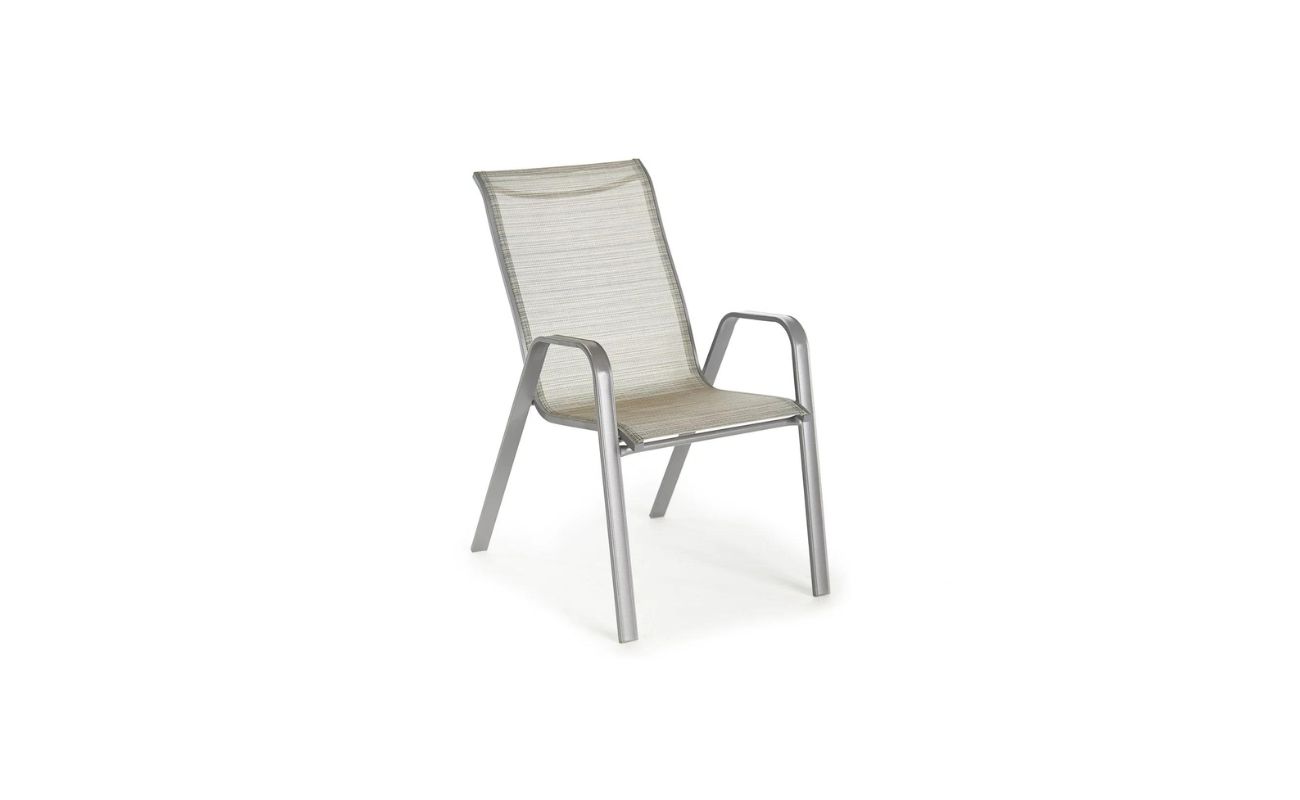

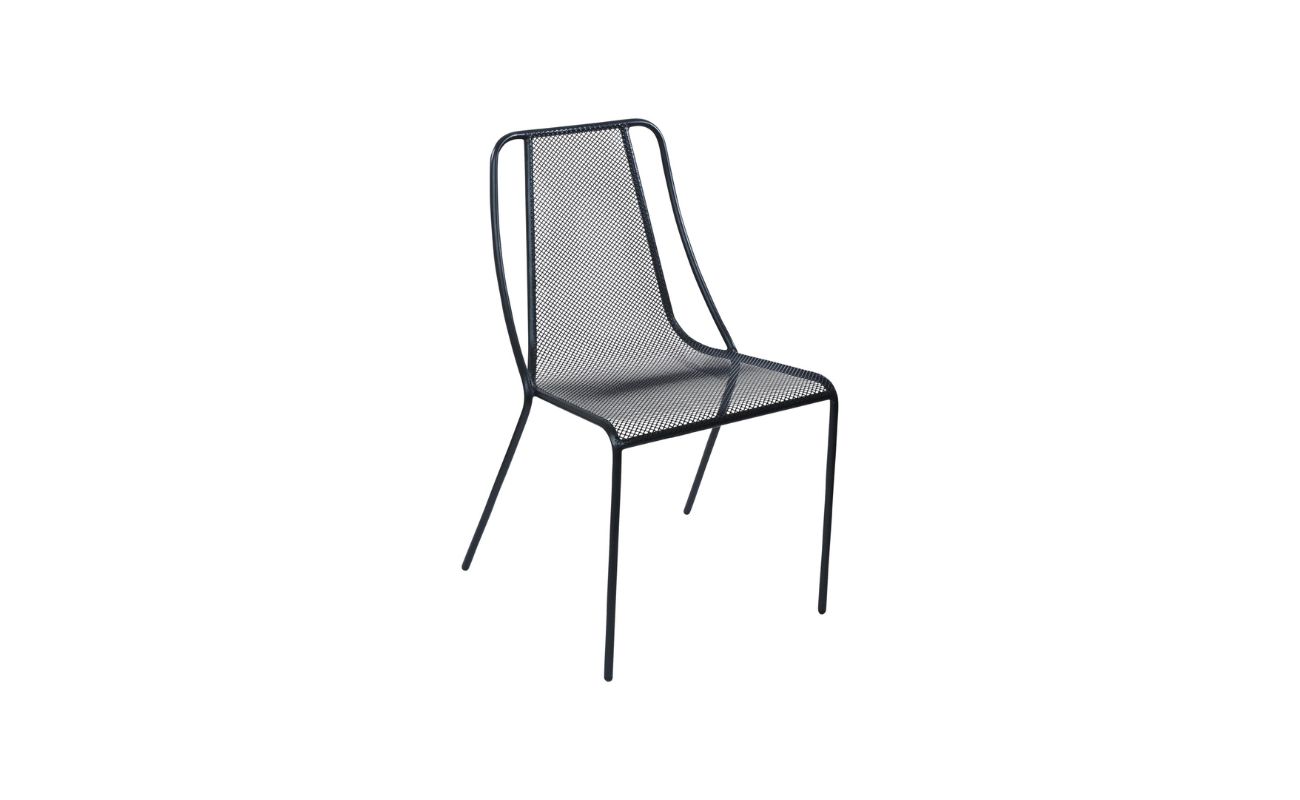
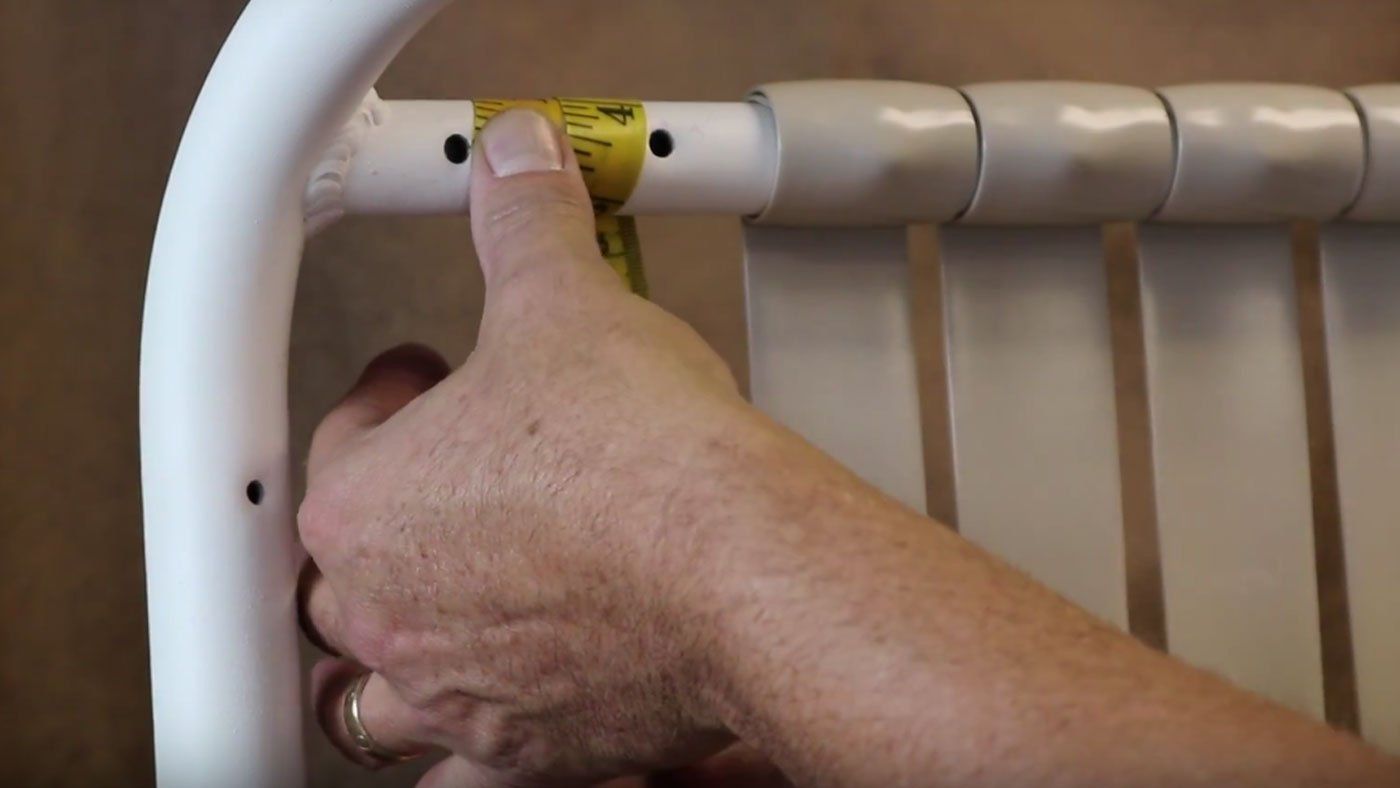
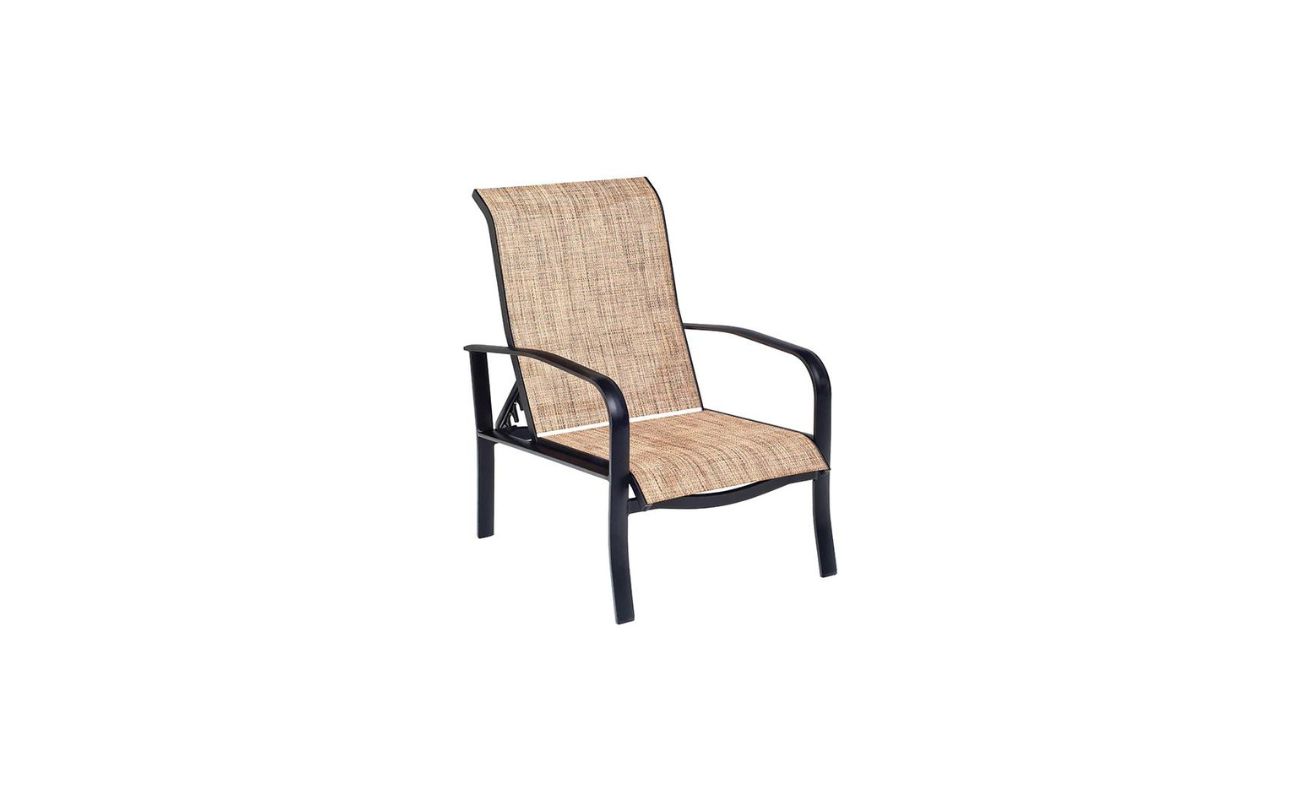
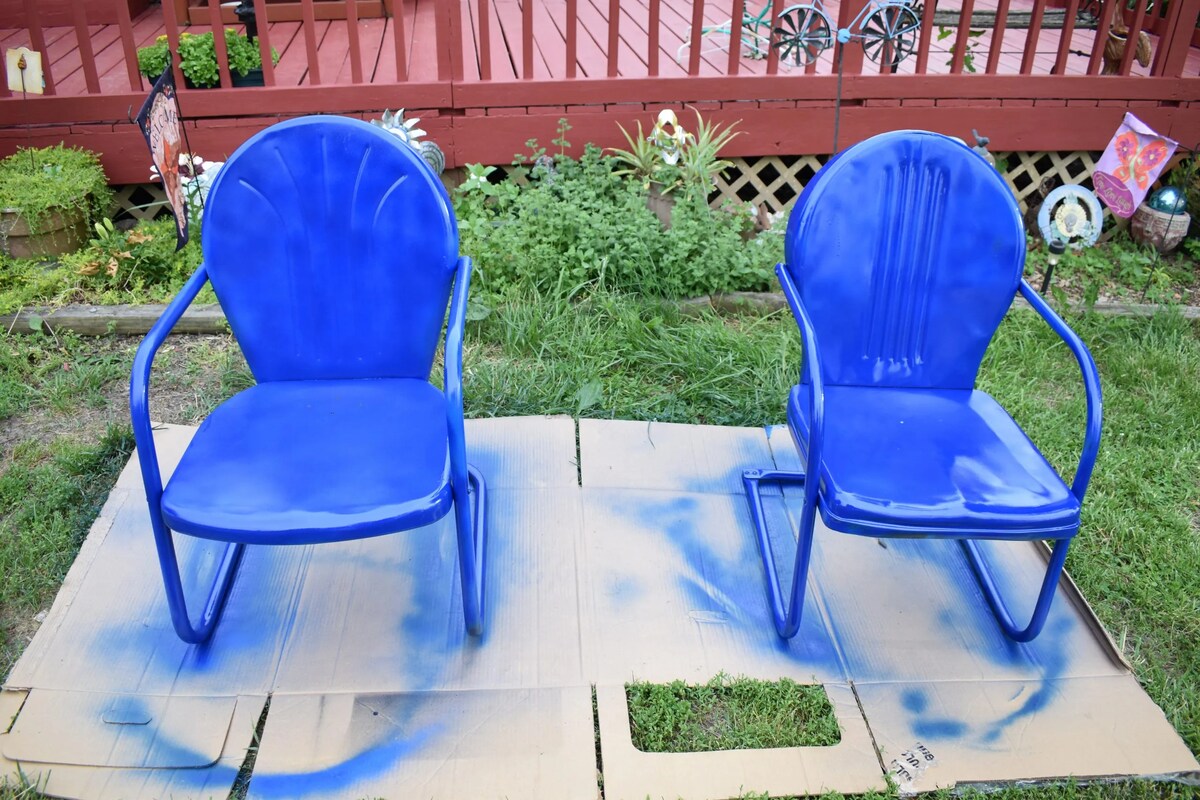

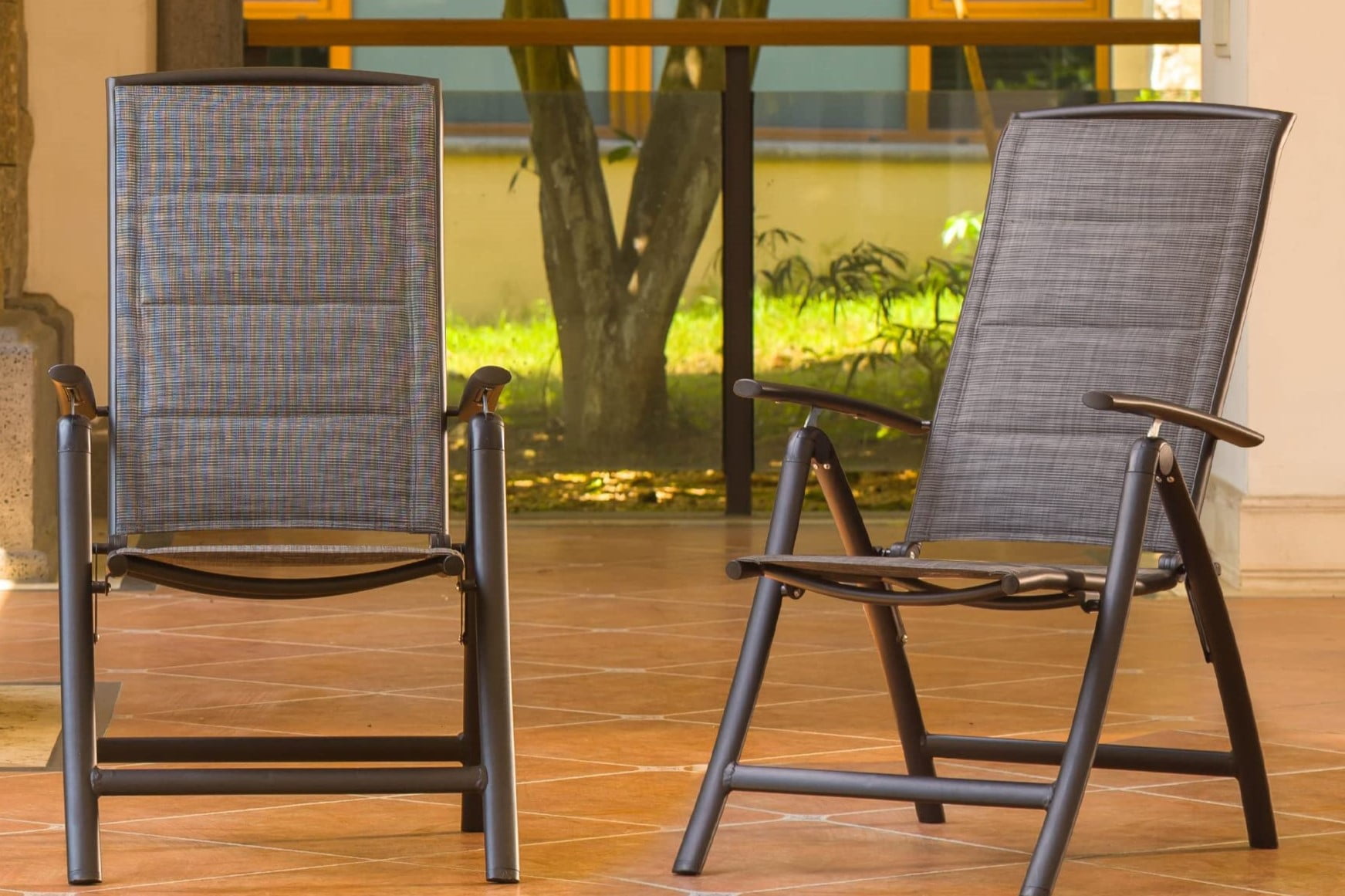
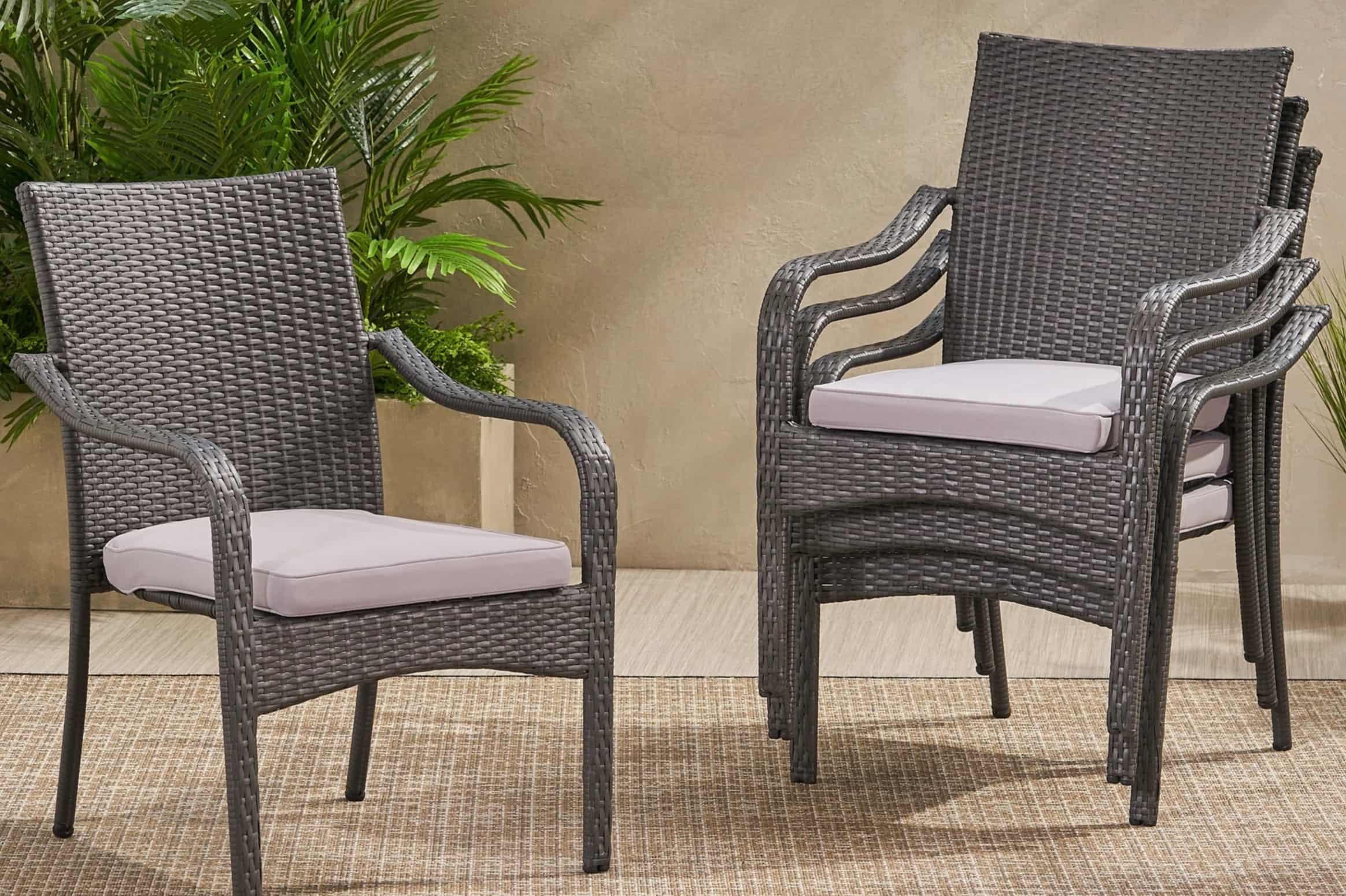

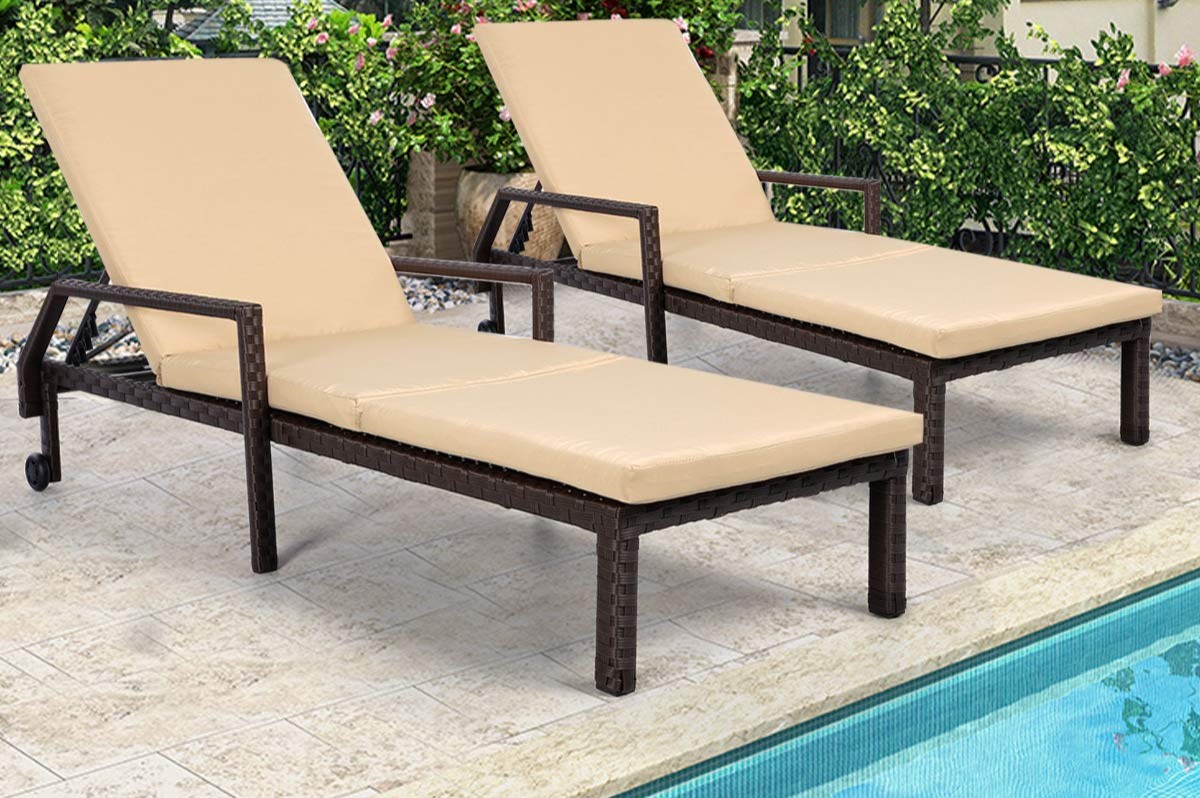


0 thoughts on “How To Restrap Patio Chairs”